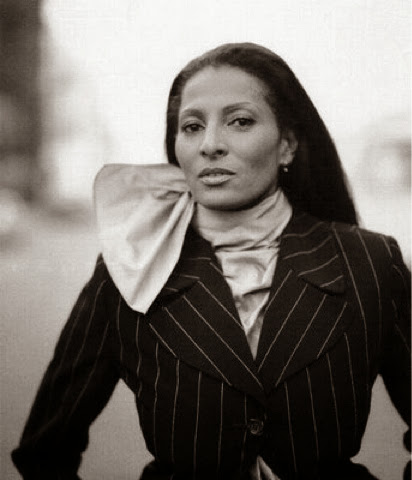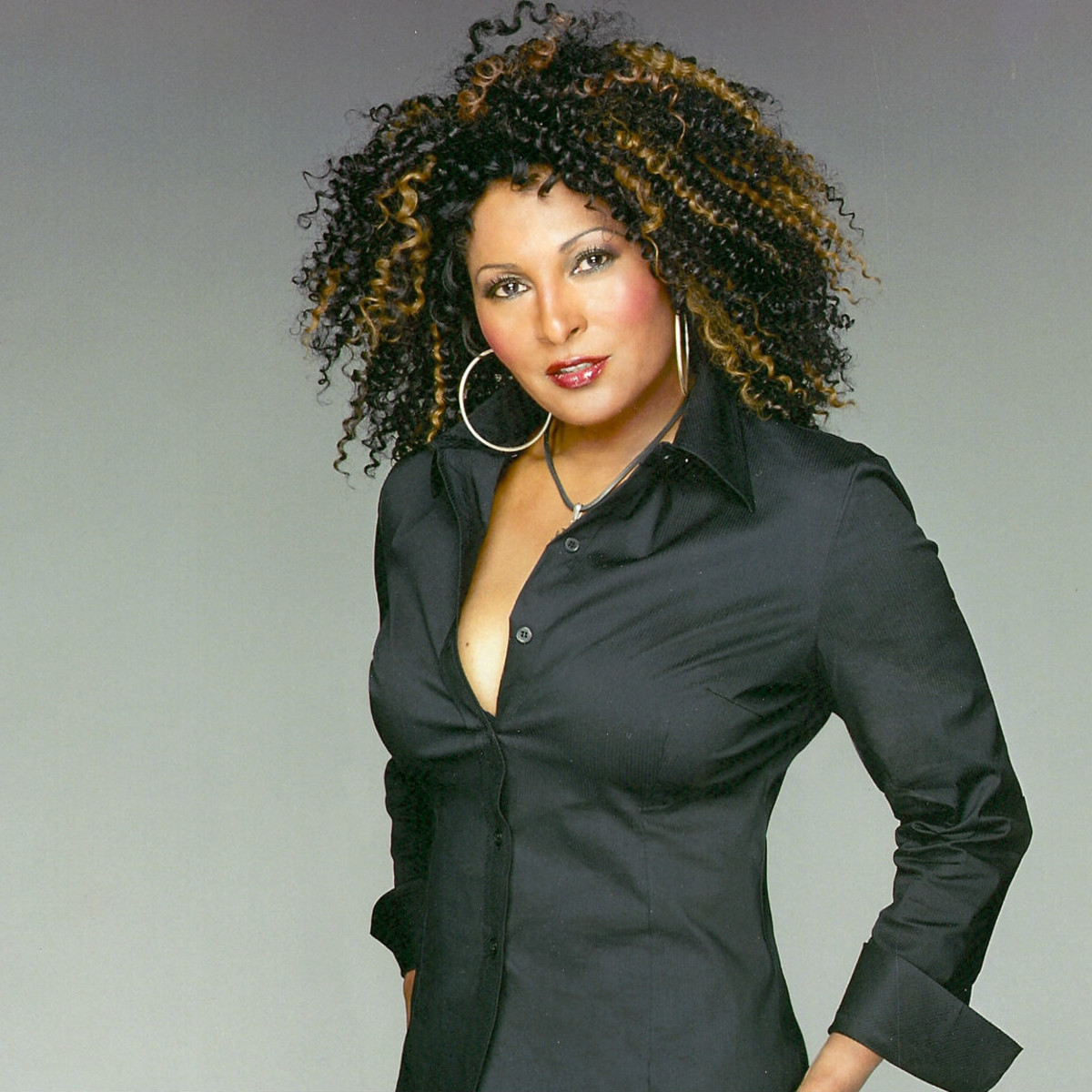Table of Contents
- Pam Grier Reflects On Her Most Iconic Roles From Coffy To, 59% OFF
- Pam Grier Has a Chain Saw and She Isn’t Afraid to Use It
- Pam Grier - Biography - IMDb
- Pam Grier | Foxy brown, Pam grier, Woman movie
- Pam Grier photo 25 of 49 pics, wallpaper - photo #227316 - ThePlace2
- Pam Grier on Kareem Abdul-Jabbar and men who cheat: ‘Don’t worry about ...
- pam_grier_2024_94 | Pam Grier, star of the film 'Jackie Brow… | Joe ...
- Dining Out For Life: Ladies & Gentleman: PAM GRIER!
- EDWINA LASHAN: PAM GRIER: Style Icon, Actress, Action Star, Afro Queen ...
- Pam Grier's call to action: Foxy actress leads fight against AIDS ...



A Brief History of Blaxploitation



Pam Grier: A Blaxploitation Icon



The Complications of Blaxploitation
For Grier, the term "Blaxploitation" is complicated because it implies exploitation, rather than empowerment. While the films were made with African American audiences in mind, they were often produced and distributed by white studios, which profited from the genre's success without necessarily investing in the careers of black talent. Grier has spoken about the limited creative control and lack of financial compensation she experienced during her early career, highlighting the systemic inequalities that persisted behind the scenes.
A Legacy Revisited
Despite the complexities surrounding Blaxploitation, the genre's impact on the film industry cannot be overstated. It paved the way for future generations of black filmmakers, actors, and writers, who have gone on to create innovative and critically acclaimed works. Grier's own legacy extends far beyond her Blaxploitation roots, with a career spanning over five decades and including notable roles in Jackie Brown (1997), The L Word (2004-2009), and Mars Attacks! (1996). As we revisit the legacy of Blaxploitation, it's essential to consider Pam Grier's complex perspective on the genre. While the term may evoke a sense of nostalgia and cultural significance, it also underscores the ongoing struggles of representation, diversity, and inclusion in the film industry. By acknowledging the complications of Blaxploitation, we can work towards a more nuanced understanding of its impact and continue to push for greater equity and opportunities for underrepresented voices in cinema.This article is optimized for the following keywords: Blaxploitation, Pam Grier, film industry, diversity and inclusion, African American cinema, exploitation films, 1970s cinema, movie history, cultural significance.